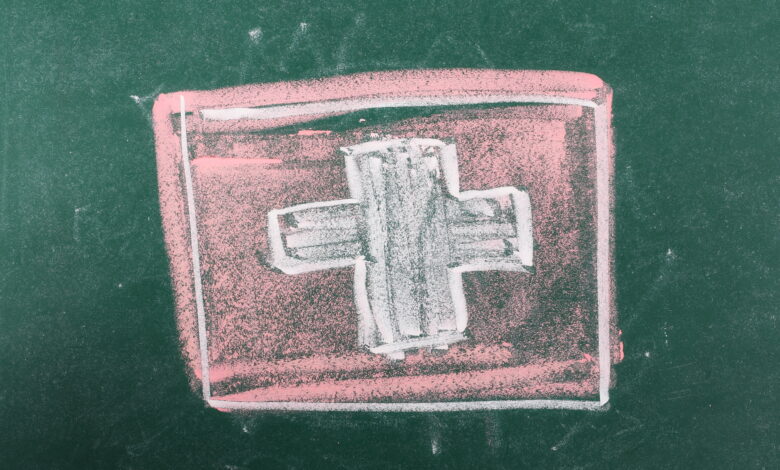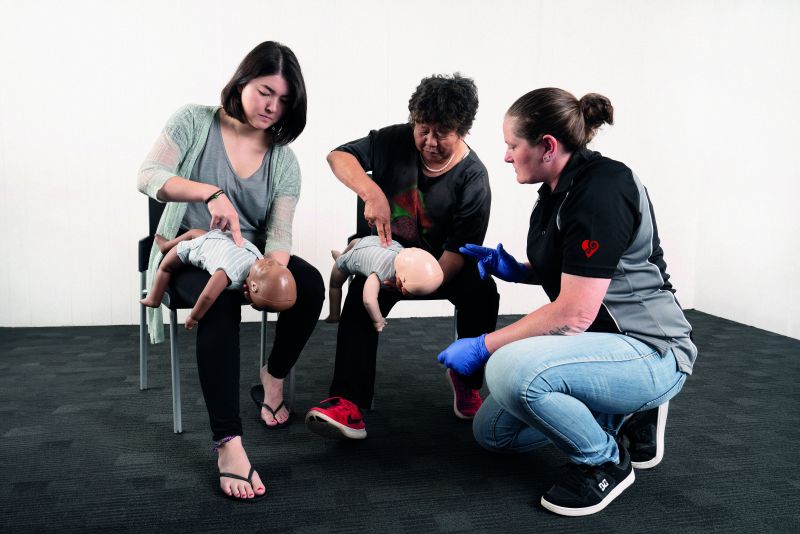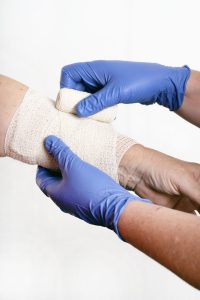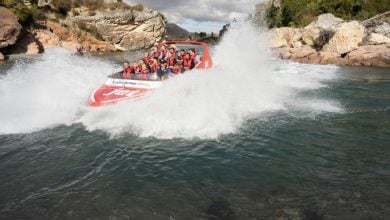Equipping your schools with first aid skills and tools
Do you and your colleagues know what to do, and have access to the necessary equipment if their is an emergency at your school?

First aid skills are essential for any workplace, and in an emergency, this knowledge could mean the difference between life and death.
Legally, all workers must be provided with first aid facilities, equipment and trained first aiders. This means the board is responsible for ensuring these conditions are met at each school.
Read the latest print edition of School News HERE
School boards may wish to train most of their staff in first aid. This ensures that there are always enough first aiders at school even in case of illness or absence. Boards should also think about the number of first aiders to school population – there is a legal requirement to ensure there are always an adequate number of first aiders available on any given day of business. Schools should also think about the needs of their communities – are there staff members or students with known disabilities or concerns? If so, are first aiders trained to respond effectively?
Beyond legal requirements for schools to train staff in first aid, students may also benefit from a first aid course. As many first aid courses come with an NZQA qualification, first aid provision for students can help them achieve credits as well as new skills to take into future workplaces. First aid courses range from comprehensive to refresher courses, so choosing the right course for students is often a matter of understanding desired outcomes. Are students looking for basic learning and understanding of first aid, or are they wanting a qualification they can show to an employer?
Besides increasing a student’s employment opportunities, first aid programmes may also equip students with valuable lifelong skills they can bring with them into new situations. For instance, outdoor first aid courses that can unlock new confidence for students interested in exploring New Zealand’s remote corners. An outdoor first aid course might facilitate a student’s passion for a new sport or outdoor recreation activity, boosting their confidence and encouraging young people to try new things.

Courses can also be tailored for schools. Providers may offer group sessions that can be adjusted to suit the schools’ needs. Some programmes can upskill teaching and support staff while simultaneously supporting students to gain NCEA credits, for instance.
Beyond the basic health and safety training requirement, schools may choose to upskill some staff or students in a first-aid qualification suitable for high-risk workplaces or situations.
Schools’ responsibility for health and safety extends beyond the school grounds too, when EOTC or off-campus activities are occurring. For EOTC activities, schools need to decide what “ready access to qualified first aider and adequate first aid supplies” means. This may mean liaising with an EOTC operator who has their own first aiders and supplies, which fulfils the requirements. However, for a self-organised EOTC excursion to the park or beach, for example, schools will need to ensure a qualified staff member and supplies are available. The Education Outdoors NZ site states that these decisions should be recorded.
For sports events, Sport NZ has further guidance on sports in schools and first aid requirements. These include having a specific risk management plan and emergency procedure for the sports activity or event. Schools should also have an onsite staff member with appropriate first aid knowledge and an easily accessible, appropriate first aid kit and/or equipment during sports events and activities.
Simon Barnett, Chair, Association of Emergency Care Training Providers, said: “As the New Zealand first aid industry peak body, the Association of Emergency Care Training Providers strongly recommends school teachers and support staff attend NZQA unit standard based first aid training. While alternatives are available, only unit standard based first aid courses provide you with the assurance that the training you receive is quality assured and meets school compliance requirements.”

Bev Easton from Professional Resuscitation Services NZ said there is no one size fits all solution for first aid training in schools. “Each school is different, and their needs will be based on location, size and curriculum-based activities. There is a wealth of professional guidance available to schools to support a customised training plan specific to their own requirements. This includes evaluating potential hazards, the school’s proximity to emergency services, and the number of staff and students on site.
“The need for first aid is spread across the curriculum and may differ from class to class,” Ms Easton said. “Food Technology students might prepare for emergencies such as a burn, or an allergic reaction. Hard Technology classes might enforce what to do in the event of a severe cut or chemical burn. Physical Education or the sports arena could see a soft tissue injury, fractures, dislocations or even a head and spinal injury.
“There are also a multitude of learning experiences available for students ranging from online tutorials, right through to professional CPR and first aid training courses,” Ms Easton said. “These are delivered on-site, and come complete with manikins and training equipment which allows students a front row, hands-on experience.”









